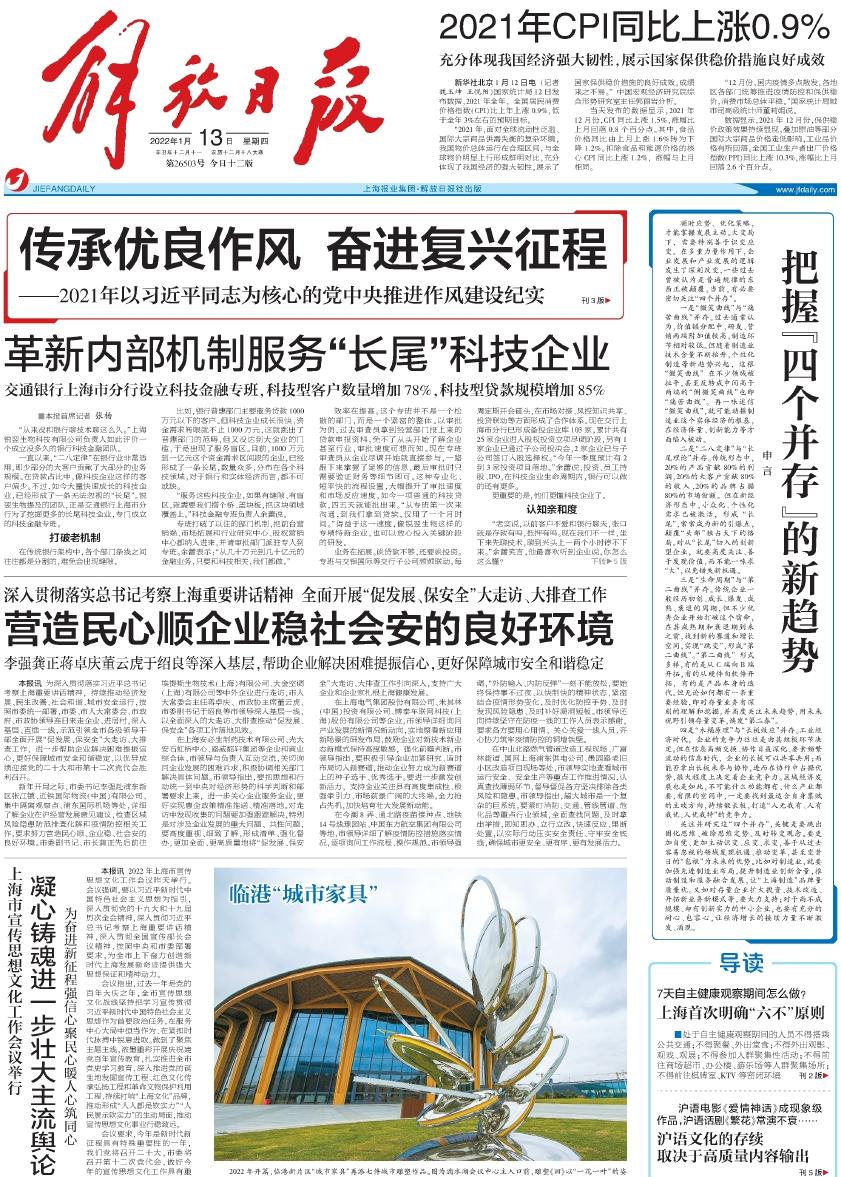Only by adapting to the situation and optimizing the strategy can we grasp the initiative of development. Under the big change, it is necessary to be particularly good at recognizing changes and responding. Under the action of multiple forces, the logic of enterprise development and industrial development has undergone profound changes, and some things that were once considered universal laws in the past are being subverted. At present, it is necessary to pay close attention to the "four coexistence".
First, the "smile curve" and the "pain curve" coexist.
In the past, it was generally believed that in the distribution of the value chain, the added value of research and development and marketing was high, and the manufacturing link was relatively low. However, with the continuous rise of manufacturing technology content and the rise of new trends such as personalized manufacturing, this "smile curve" has been flattened in many fields, and even reversed into the "inverted smile curve" or "pain curve" that is, the "pain curve" above the two ends in the middle. Blindly believing in the "smile curve" may shake the foundation of the real economy of manufacturing and fall into passivity in terms of economic volume and innovation ability.
Second, the "law of two eights" and the "long tail theory" coexist.
In the traditional form, 20% of the products contribute 80% of the profits, 20% of the large customers contribute 80% of the revenue, and 20% of the brands occupy 80% of the market share. However, in the new economic form, niche and personalized needs have been activated, forming a "long tail", often becoming a new tipping point, subverting the pattern of "head" dominating the world. For innovative enterprises that start from the "long tail", we must pay close attention to and be good at finding value, and we cannot blindly seek "big" so as not to miss new opportunities.
Third, the "life cycle" and the "second curve" coexist.
Traditional enterprises generally experience the cycle of start-up, growth, outbreak, maturity and recession, but many excellent enterprises have begun to break this fate, before the arrival of their maturity and recession period, find new tracks and growth space, achieve "jump", and form a "second curve". The "second curve" comes in a variety of forms, some from the C-end to the B-end, some from the hardware to the software, and some are the iterations of the product itself. But in any case, there is an important experience, that is, to have a deep understanding and excavation of the stock business, and pay close attention to the future trend, with the future vision to lead the stock change, the "second spring".
Fourth, the "barrel principle" and the "longboard effect" coexist.
In the era of industrial economy, the competitiveness of enterprises is often determined by their shortcomings. However, in the information age of high-frequency exchange of information, deepening collaboration, and frequent flow of elements, the long board of enterprises can be shared and shared; whether it can take out the long board to participate in collaboration and then occupy an advantage in collaboration determines the competitiveness of enterprises to a large extent. The same is true for regional economic development, it is impossible to have any function, what industry to have, in the limited space, we must find the most suitable direction for their own endowments, continue to forge long boards, and create a competitiveness of "people without me, people with me, and people with me".

The key to paying attention to and studying these "four coexistences" is to jump out of the solidified thinking, break the mindset, and change the concept in time. It is necessary to be more conscious, more active in identifying changes, adapting to changes, and seeking changes, and be good at finding opportunities and promoting changes from areas that were easy to ignore in the past, and even changing the "baggage" of the past into future advantages.
For example, for the manufacturing industry, it is necessary to strengthen the layout of advanced manufacturing industry, enhance the innovation content of manufacturing industry, promote the integration and development of manufacturing and services, and make the "Made in Shanghai" brand both quantitative and qualitative. Another example is to vigorously support the expansion of investment, technological transformation, and the development of new business models for existing enterprises; for small and medium-sized enterprises that are not yet large-scale, but have the strength to innovate, we must also have full patience and tolerance, so that the continuous force of economic growth will continue to stimulate and emerge.
Column Editor-in-Chief: Zhu Minyi Text Editor: Zhu Minqi Inscription Source: Zhang Haifeng Photo Editor's Mailbox: [email protected]
本文刊于1月13日《解放日报》,原题为《把握“四个并存”的新趋势》 Source: Author: Shen Yan